WATER CHESTNUT HANDPULL POSTPONED TO
SATURDAY, JULY 13, 9am-11am
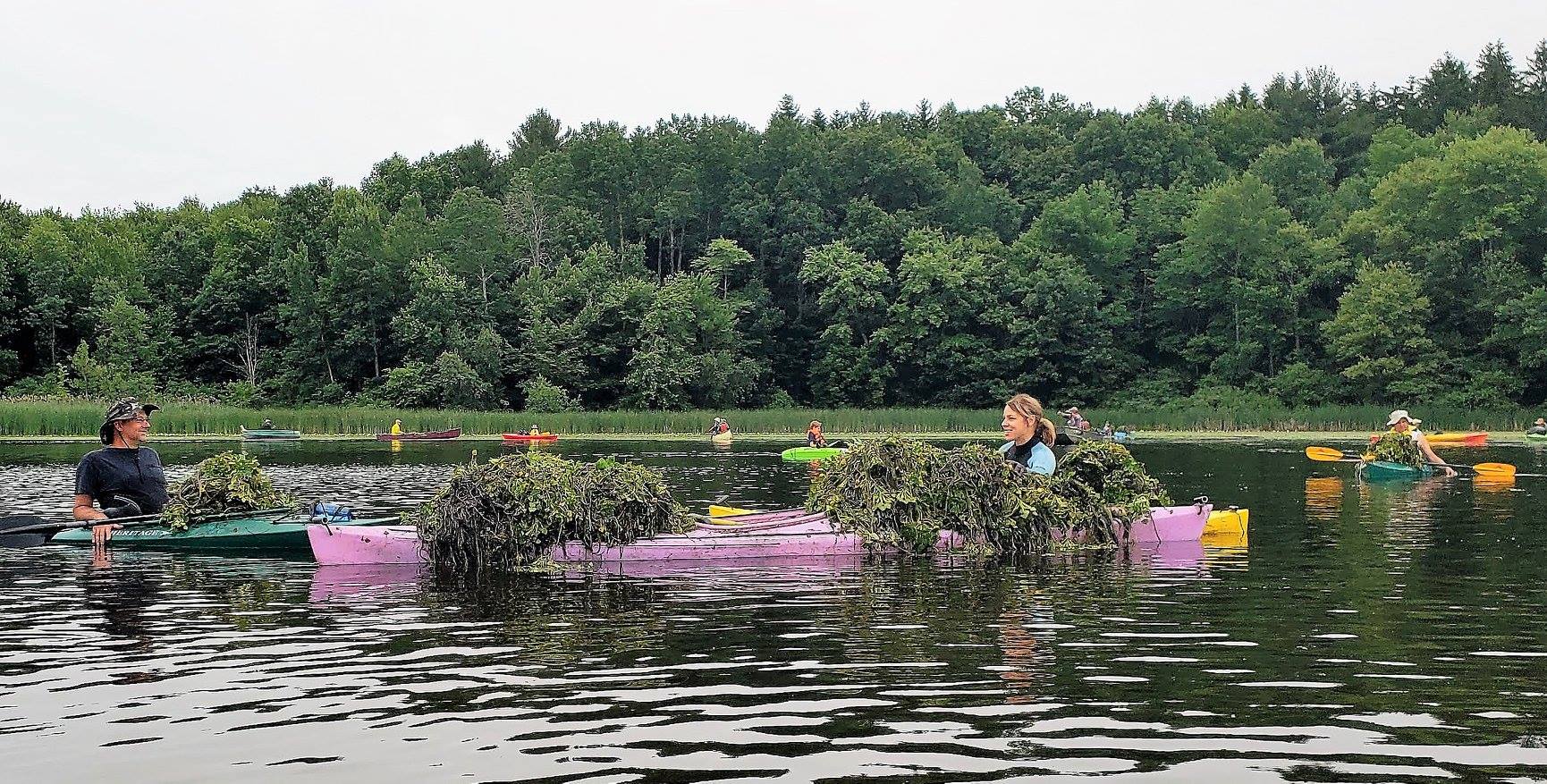 To help reduce the spread of this aquatic invasive species, a water chestnut hand-pulling event is planned for
To help reduce the spread of this aquatic invasive species, a water chestnut hand-pulling event is planned for Saturday, June 29, 9:00 am – 11:00 am SATURDAY, JUNE 13, 9am-11am. We need two dozen volunteers for this event to be successful. Please meet at the north end of the lake with your kayak, canoe, rowboat, raft, or any vessel that can navigate very shallow water. Gloves and perhaps a rake would be helpful, but are not required. A few teams of volunteers may be dispersed to various coves/shorelines around the lake where new water chestnut growth has been identified. Pulled weeds will be transferred to the Eco-Harvester and brought to shore for disposal. In the event of pouring rain or lightning, the ‘pull’ will take place at the same time on Sunday, June 30. Some light refreshments may be available. Please come and be part of the solution.
As in past years, some water chestnuts will be pulled with the Eco-Harvester prior to this event. However, due to the risk of damage to the harvester drum, it cannot be operated in the very shallow water where many of the water chestnuts are growing.
Please note that a second water chestnut hand-pulling event may be needed on Saturday, July 13, 9am to 11am, depending on the success of the June 29 event. Stay tuned and check back here or on Facebook for any potential changes.
|
ReplyReply allForward
|
Due to this year’s ProcellaCor treatment that appears to have eradicated most of the Eurasian milfoil in the lake, the EcoHarvester was only used to harvest water chestnuts. Since most of the water chestnuts reside in shallower water at the north end of the lake, the harvester was easily able to pull them out with their roots well before the nutlets had a chance to grow. About 1 acre of water chestnuts was harvested on July 7th in accordance with our DEC permit.

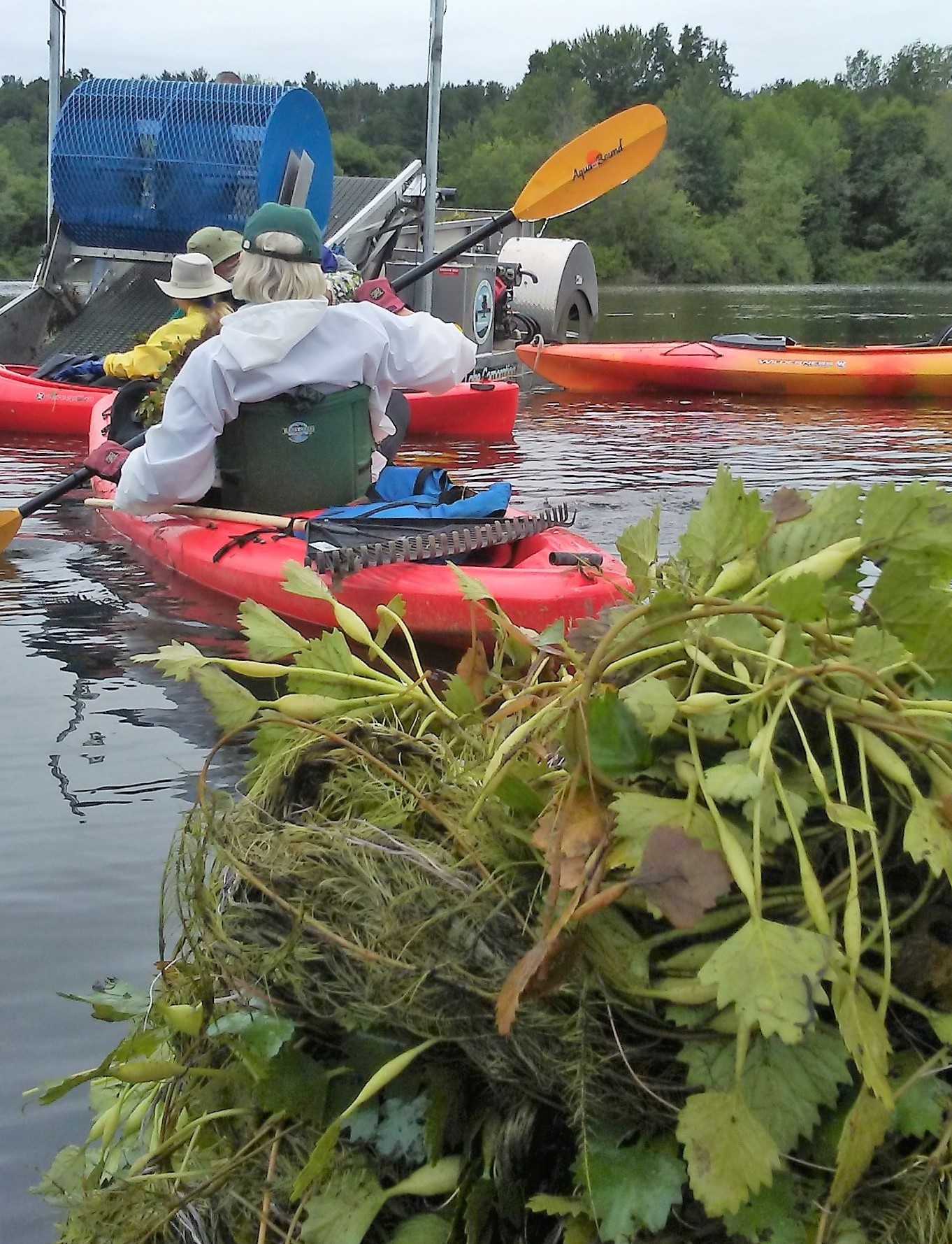


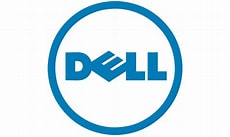
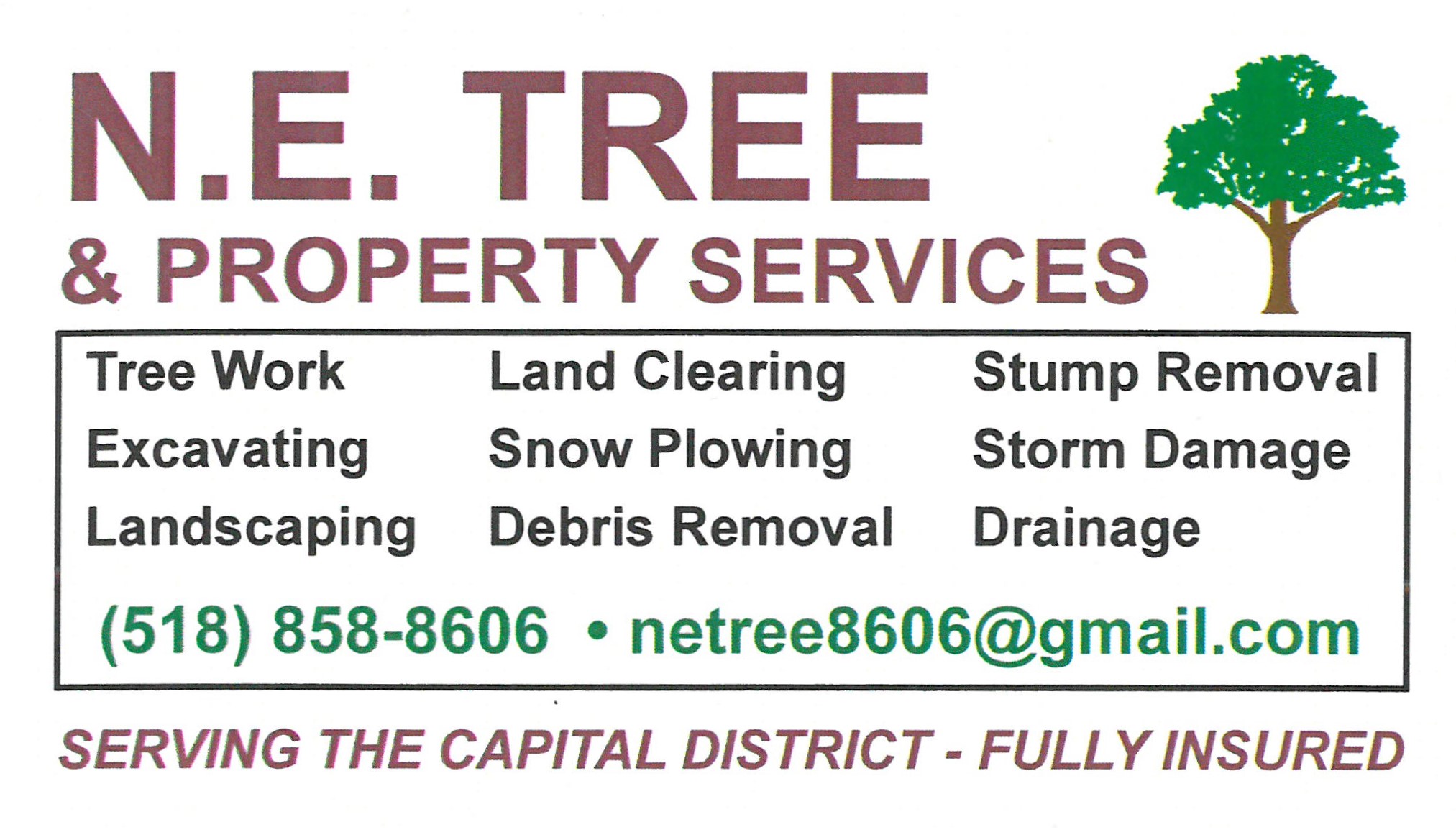
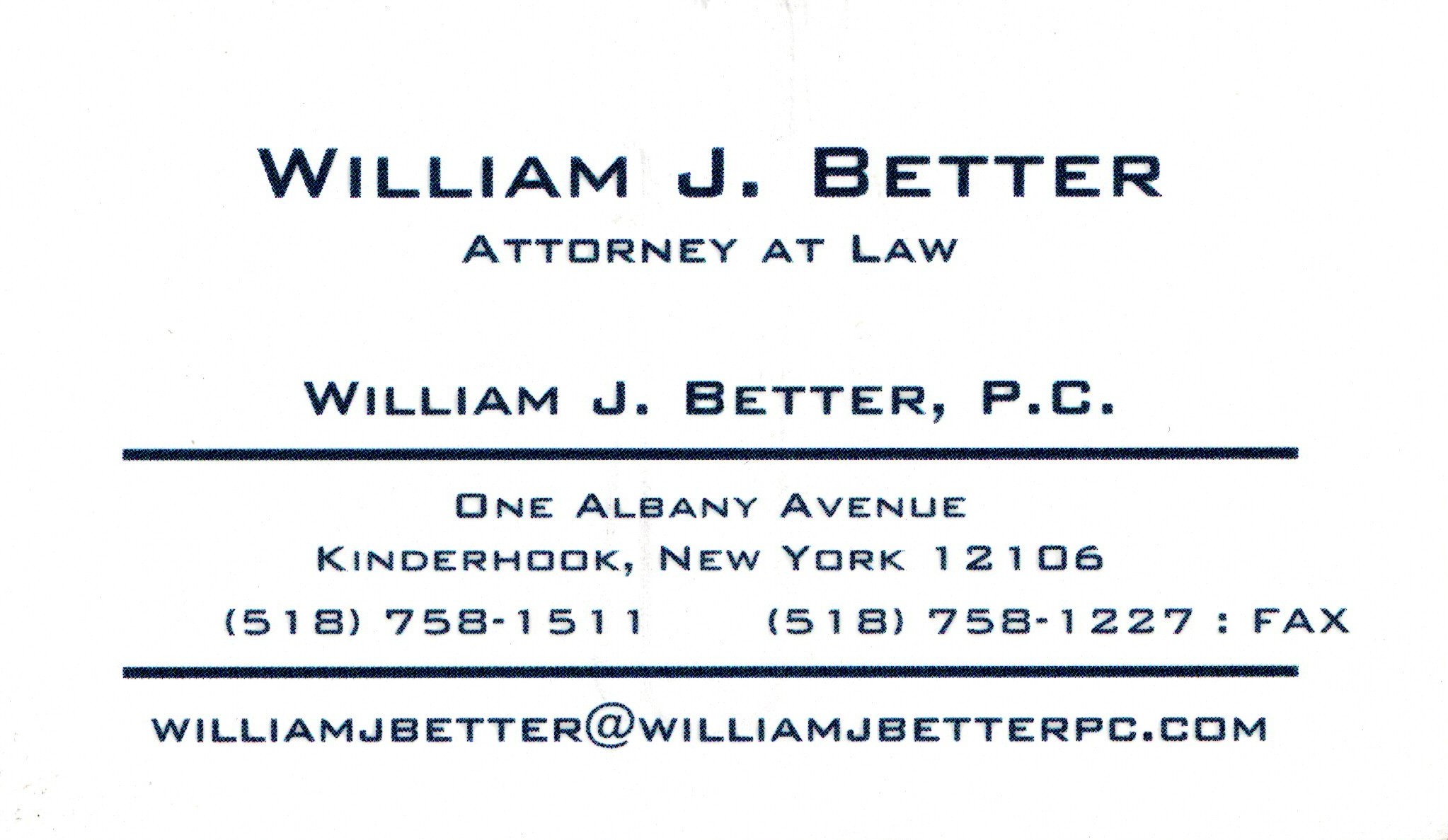


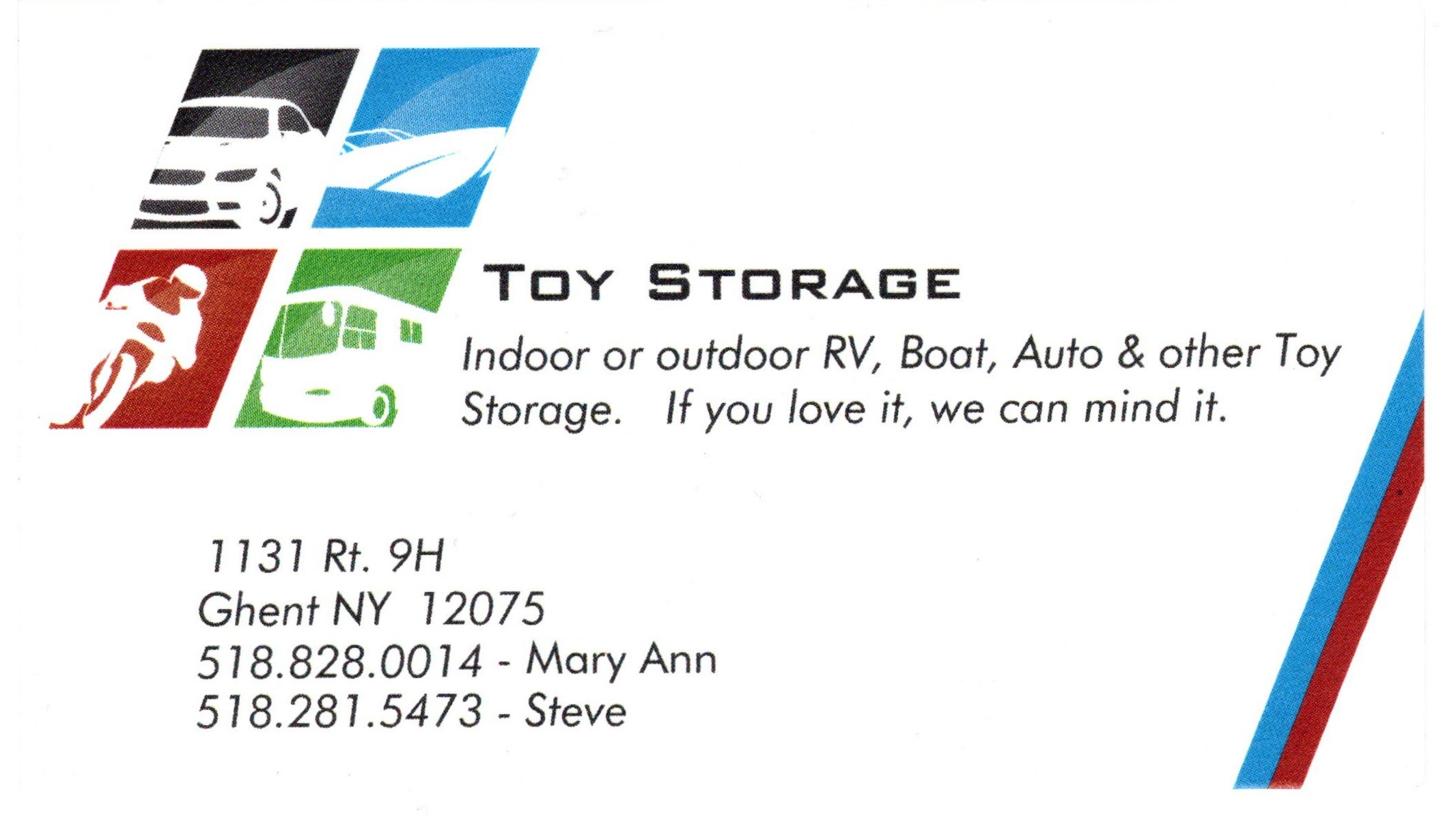


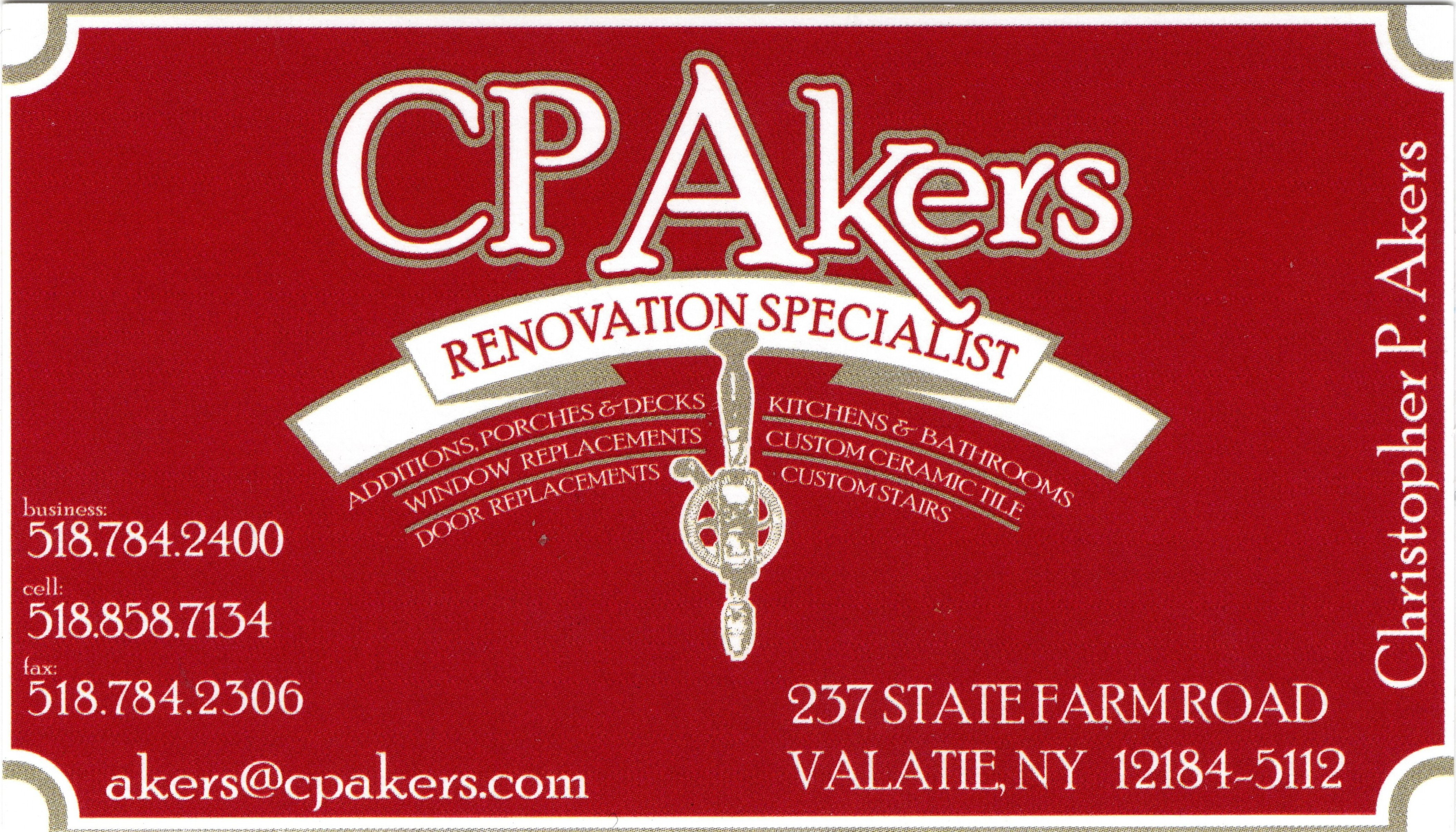


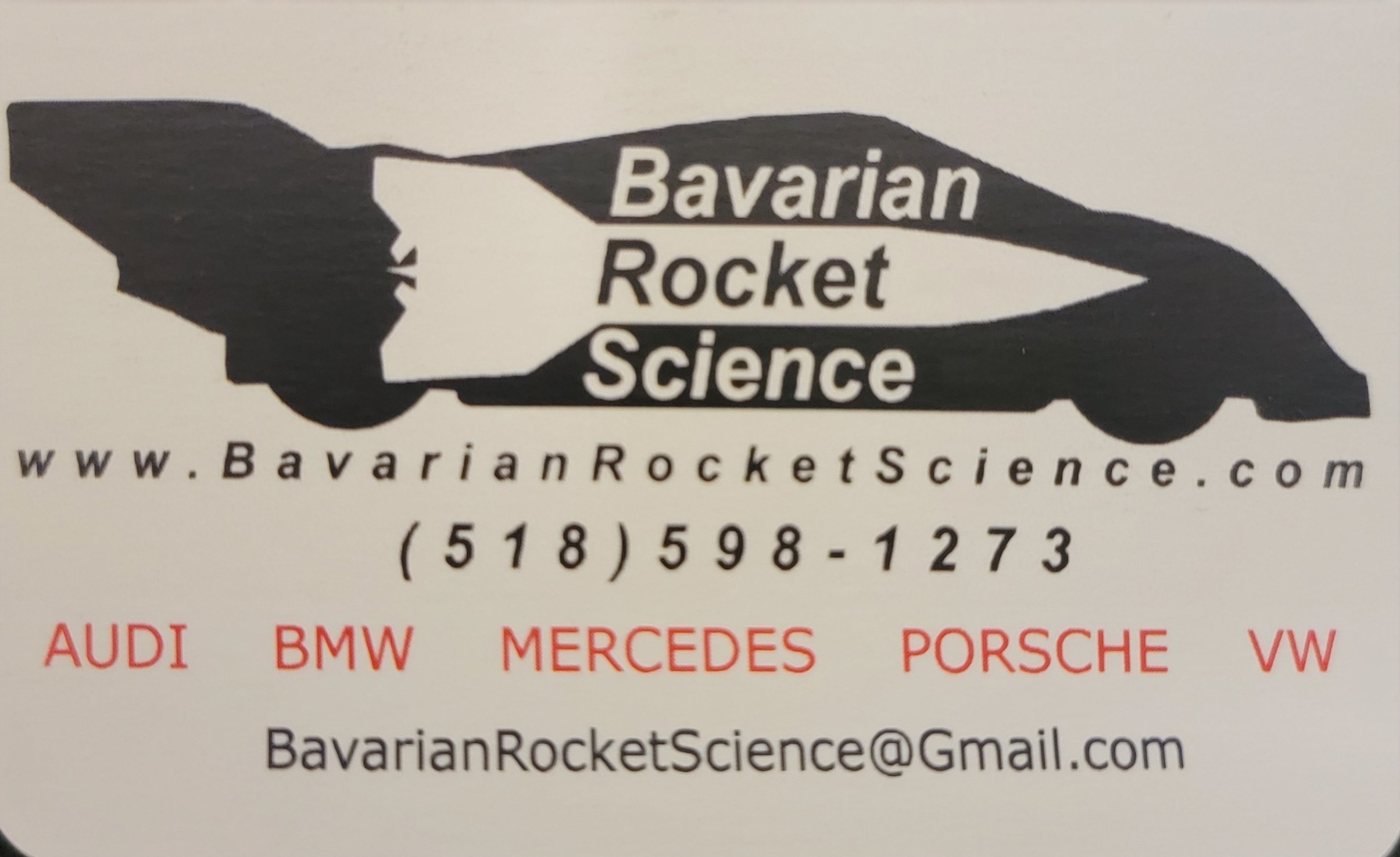
Follow Us on Facebook!